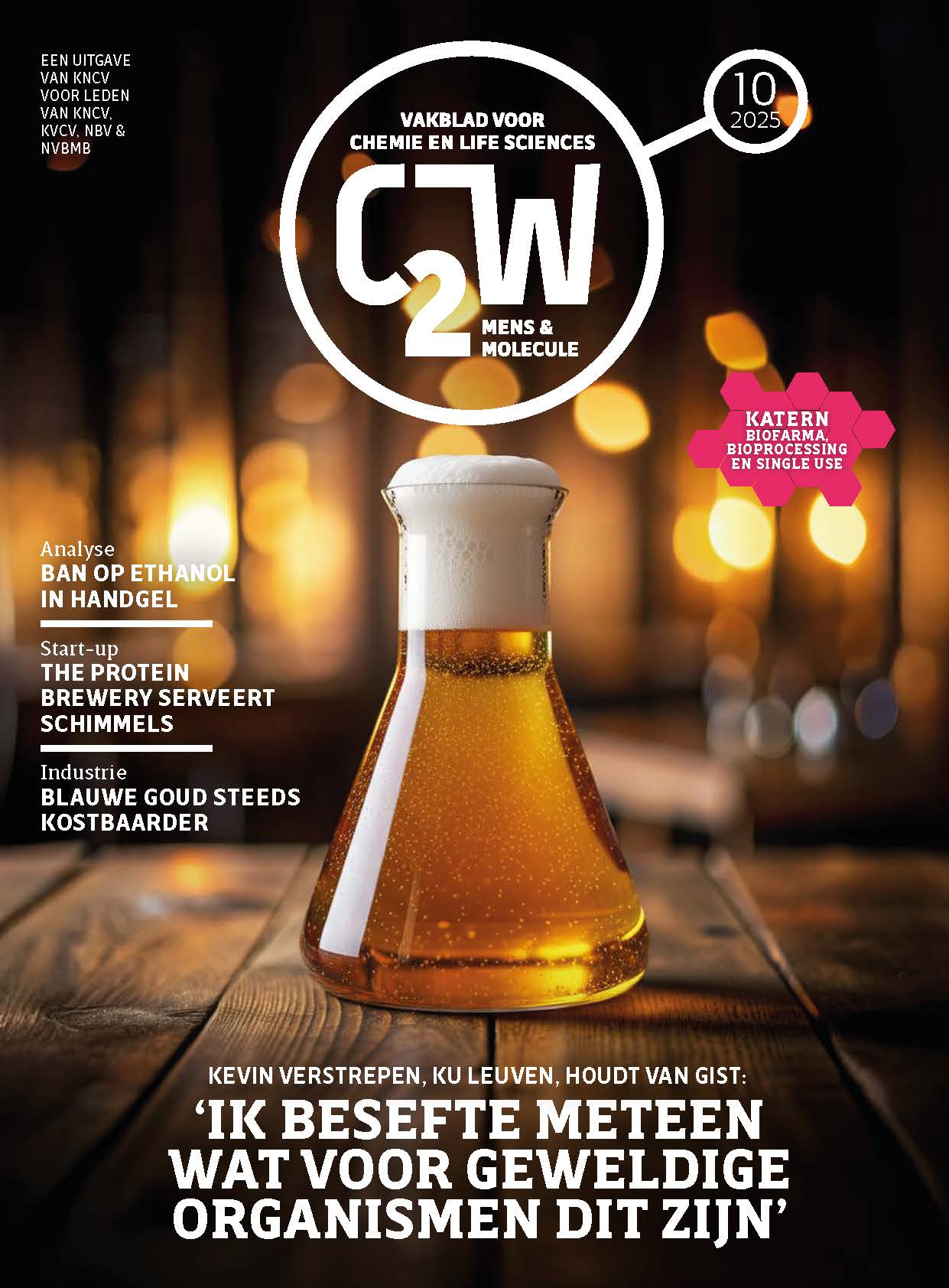Wenst u een activiteit te laten opnemen in deze lijst? Geef uw activiteit door via dit formulier.
Exploring diagnostic and therapeutic opportunities of LAT1-selective PET imaging in glioblastoma

Categorie
Doctoraatsverdediging
Date
2020-08-17 18:00
Locatie
ONLINE verdediging
Promovendus/a: Jeroen Verhoeven
Promotor(en): Prof. Dr. Filip De Vos, Prof. dr. Ingeborg Goethals
The aim of this dissertation is twofold. Firstly, we are interested in evaluating the feasibility of a preclinical glioblastoma (GB) rodent model for the application of positron emission tomography (PET) based dose painting and subsequent evaluation of treatment outcome. The second aim is to develop a 18F-labeled phenylalanine analogue for PET imaging that has more favorable affinity and specificity for the L type amino acid 1 transporter (LAT1) than the standard amino acid tracer [18F]FET. Therefore, in the first experimental chapter a PET-guided radiation therapy experiment is set up targeting the most metabolically active regions using [18F]FET, or radioresistant/hypoxic regions using [18F]FAZA in addition to MRI. Preclinical dose painting by contours of GB is feasible, although very time consuming. Certain advancements are needed to obtain a better tumor delineation, such as more tumor-specific PET tracers. In the following chapters different derivatives of phenylalanine were synthesized and evaluated in vitro. Of the compounds tested, 2-FELP exhibits the most favorable affinity towards the LAT1 transporter. Using a straightforward nucleophilic substitution reaction, the radiosynthesis of 2-[18F]FELP is carried out and implemented on a Synthra RN plus module. 2-[18F]FELP remains stable in formulation and inhibition assays using different inhibitors (BCH, MeAiB, JPH203) reveals an improved selectivity for LAT1 when compared to [18F]FET. The final chapter investigates how these improved characteristics are translated in vivo in comparison to [18F]FET and [18F]FDG by assessing the uptake in GB, radiation necrosis and inflammation. In conclusion, we developed 2-[18F]FELP for GB imaging with greater in vitro affinity and specificity for the LAT1 transporter than the clinically used amino acid tracer [18F]FET. These improved characteristics are translated in vivo, resulting in a superior capability to differentiate GB from inflammation and radiation necrosis.Alle datums
- 2020-08-17 18:00
Powered by iCagenda

